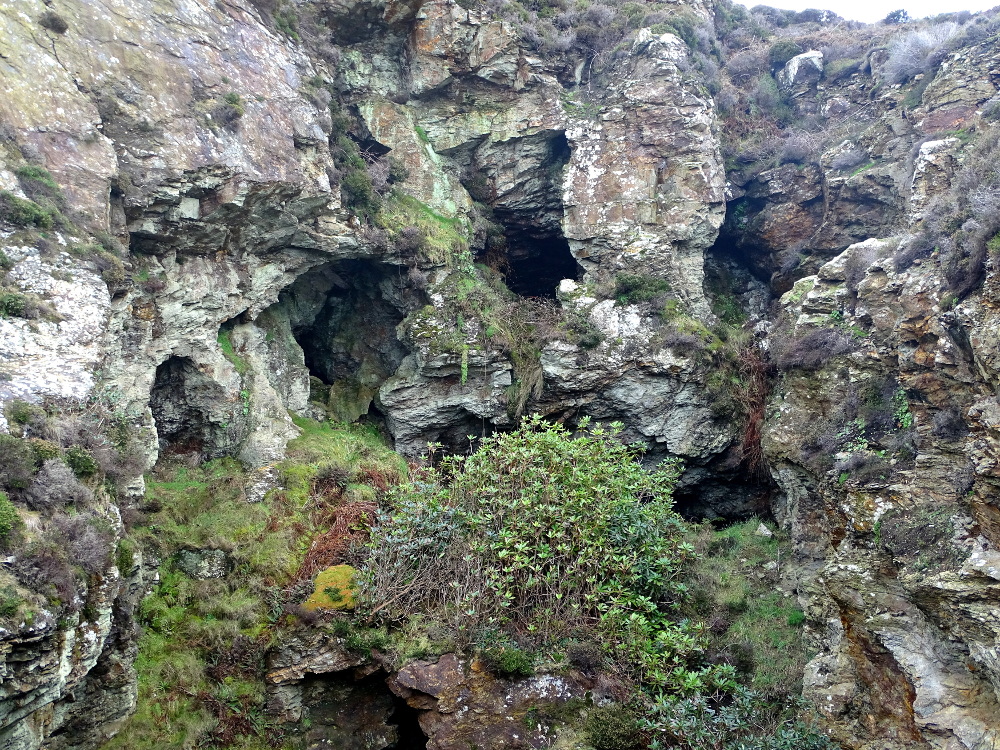Wheal Luna is a very early example of an open cast tin mine in the coastal village of St Agnes. Overlooking the remains of the old harbour, very little information remains of this old workings.
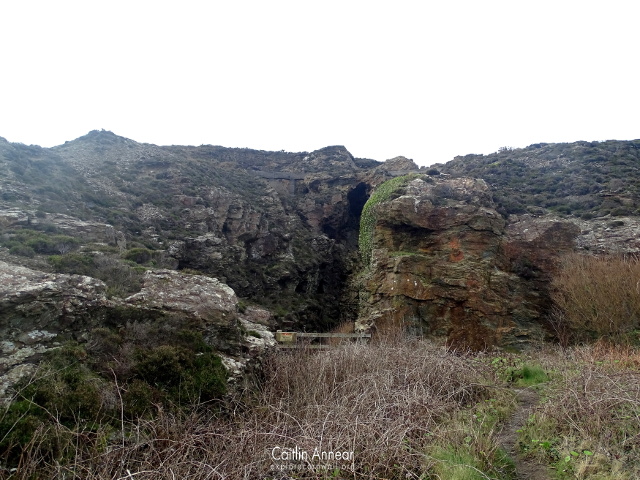
First records of this mine date from 1528, documented as Whele Linna or Wheal Linna. The name probably comes from ‘wheal’ meaning work and ‘lyn’ meaning bay or cove.
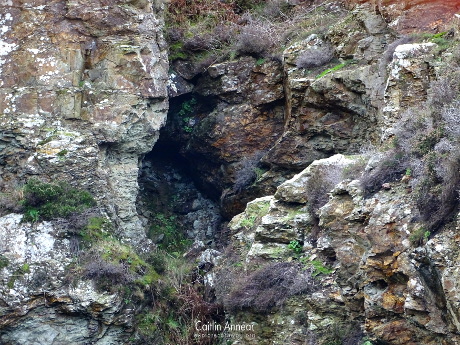
The mine was working in 1724 and 1782, although the tin bounds were often split between several owners.
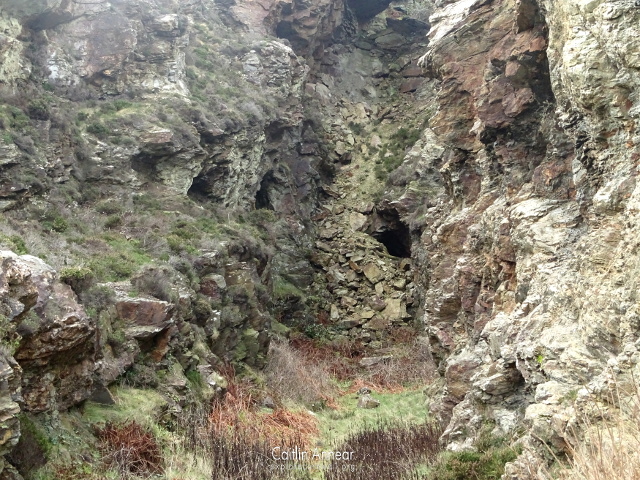
At some point it was very likely amalgamated as part of Polberro, a much larger and very rich neighbour. Underground, some of the workings were linked.
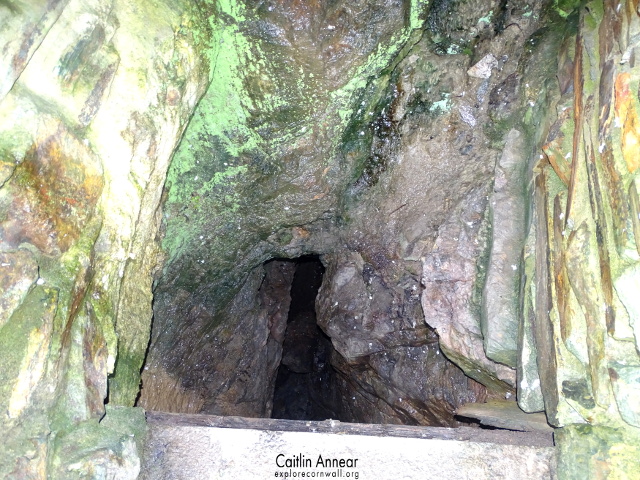
Also along the footpath are the remains of a quarry, which may have been used for mine materials, and was likely reused at a later date. Parallel with the main mine section, on the other side of the coastpath, is a fenced off section of stoping that opened up again in 1993. It is unclear whether this was definitely part of Wheal Luna, but given its proximity, it is likely related.
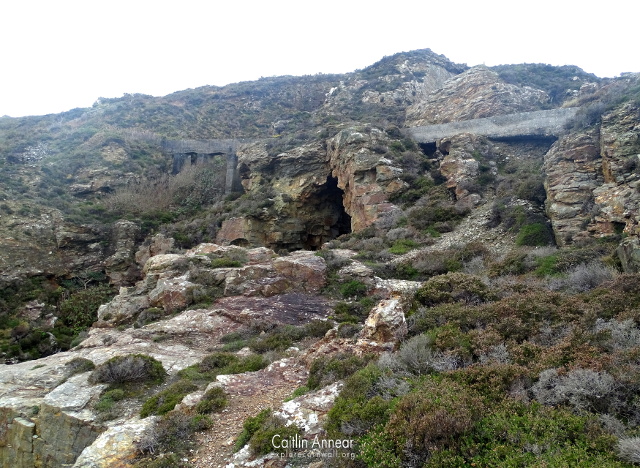
Travelling across the top of the open section of workings can be seen a concrete launder. This is from a later reworking of the area and probably came Polberro mine further inland, carrying waste water from its 1940’s mill out over the cliff.
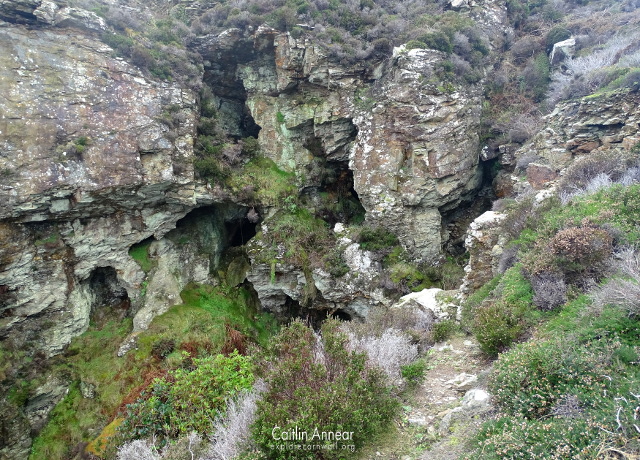
Wheal Luna and its surrounds are very unstable and not safe to approach. A fence bars entry from the path at the bottom of the cliff, but there is no barrier along the higher sides. None of this has been consolidated or made safe in any way, so keep a wide berth and appreciate it from a distance.
There are several car parks through out the village.
Hamilton-Jenkin, A. K. (1962) Mines and Miners of Cornwall: II St Agnes & Perranporth. Truro: Truro Bookshop.
Johns, C. (2000) Trevaunance Cove, St Agnes: An Archaeological Assessment Survey. Truro. Available at: http://map.cornwall.gov.uk/reports_event_record/2000/2000R079.pdf (Accessed: 4 January 2020).
